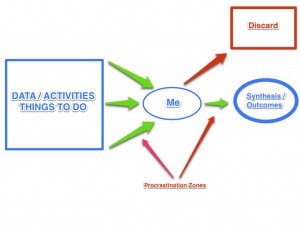As a consultant, giving what amounts to negative feedback is part of the job; likewise for being a manager. After all, if clients were doing everything right in the first place, the value of consultants would drop significantly. For employees, the need to keep growing does not stop, even once someone feels as if they have reached the limits of a particular job.
But how this feedback is framed and presented is critically important–as is a good psychological understanding of your client or, as a manager, of the person working for you.
Roughly speaking, there are two kinds of people: those who respond best to criticism framed as encouragement, and those who respond best to criticism framed as critique. Sometimes there is the need for cross-over, a reason to frame the harshest critique in the nicest light, or a reason (if all the polite encouragement hasn’t had an impact) to tackle that criticism head-on.
Often, the biggest failure in providing criticism is a failure of specificity. Most people do not like being told they’re not doing well–even if they might ultimately agree with the assessment–if there are not enough specifics to back up the critique.
How, then, do you handle these situations?
Treat each situation as if it is both a court of law and a psychiatrist’s office. Come prepared to talk to someone with the proper understanding of their nature; be ready to layer on details and ask questions that point towards your answers; be prepared to present your case with facts if subtler messages are not working.
And be prepared for pushback and the existence of an alternate reality. There is almost always another way of looking at things, and sometimes it is even the right way.




